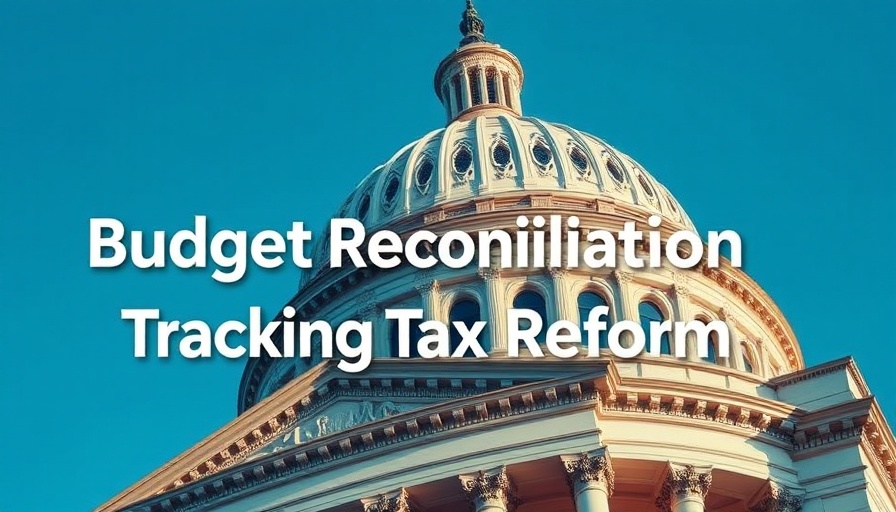
Understanding the 2025 Trump Tax Cuts and Budget Reconciliation
The debate on the 2025 Trump Tax Cuts continues as it nears its proposed implementation through budget reconciliation—a legislative maneuver that allows for expedited consideration of certain tax and spending measures. With significant changes looming, it’s crucial for Americans, especially taxpayers, to understand the implications of these tax cuts on their finances and the broader economy.
What is at Stake with the 2025 Tax Cuts?
At the forefront is the potential extension of provisions from the Tax Cuts and Jobs Act (TCJA) of 2017, which could reduce federal tax revenues by approximately $4.5 trillion between 2025 and 2034. This reduction in tax revenue highlights the impact that these extensions could have on federal budgeting and economic growth. While proponents argue that long-run GDP would increase by 1.1 percent, offsetting about $710 billion from the revenue losses, it raises questions about sustainability and fiscal responsibility.
Exploring Budget Reconciliation
Budget reconciliation serves as a fast-track legislative process that overcomes the challenges posed by Senate filibusters, enabling a simple majority to change tax laws. This procedure was employed by Republicans in 2017 and more recently by Democrats for major fiscal changes, illustrating its pivotal role in shaping economic policy.
Tax Implications for Everyday Americans
Among Trump’s proposed tax strategies are eliminating income taxes on Social Security benefits, tips, and overtime pay. While these policies aim to create relief for lower-income households, analysts warn that higher-income households could reap more substantial benefits from the proposed changes. The economic landscape painted by such inequitable benefits evokes a mixture of hope and apprehension among different income brackets.
A Balancing Act: Spending Cuts vs. Tax Cuts
A crucial aspect of the budget reconciliation process involves balancing tax cuts with spending cuts. The House budget resolution, passed in February 2025, proposes $2 trillion in spending cuts to support the projected tax reductions. If these cuts do not materialize, the tax cut cap is set to adjust downward, revealing the internal conflict between fiscal responsibility and tax relief promises.
What Lies Ahead?
As Congress evaluates the proposed budgetary changes, stakeholders from various sectors—especially those in local business—remain attentive to the outcomes. Understanding the interaction between tax changes and federal spending could inform decisions around investments and expansion that affect economic growth on both a local and national scale.
Engage with the Issue
The ramifications of these tax policies extend beyond numbers; they weave into the daily lives and financial planning of Americans. For those interested, engage with local representatives, attend town hall meetings, or follow legislative updates to stay informed about how these financial shifts may affect your community.
 Add Row
Add Row  Add
Add 

 Add Row
Add Row  Add
Add 



Write A Comment